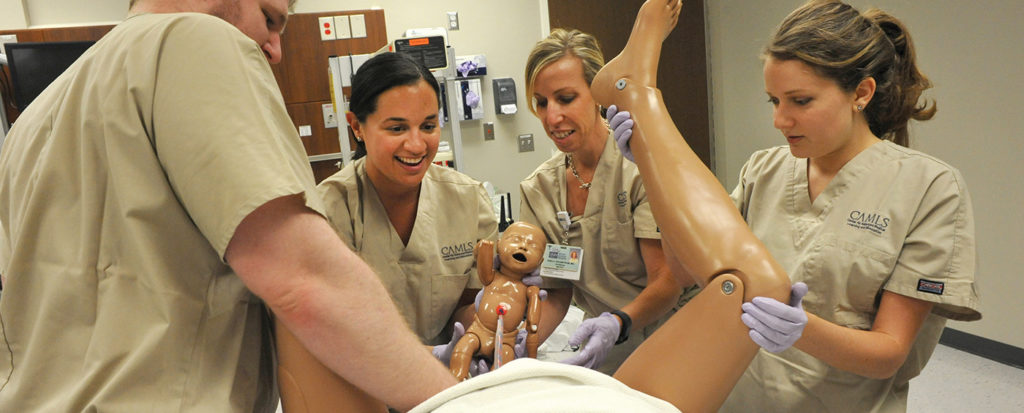
Across the globe approximately 810 women die every day due to preventable causes related to pregnancy and childbirth. Factors such as poverty and gender equality play a huge role, however, we must still invest in training midwives and in making emergency obstetric care available 24hrs a day.
Of course, the structure of this investment varies, but key to this, is the ability to ensure Maternity teams are in line with each other and collaborate well while understanding the need for leadership, providing the best opportunities for mother and child. Such collaboration can result from improved training and examples include new approaches to simulation.
A group of researchers and specialists, based in Australia have recently published a paper in the journal looking at how leadership principles were discussed and managed during maternity simulations via video analysis. Effective leadership is essential for optimal care and understanding the dynamics of this by analysing 16 recorded simulations was the aim.
Teams in the simulations were already enrolled on a course that focused on emergency maternity care and after some detailed training, the students were advised they should nominate the most appropriate leader at the beginning of the simulation. After coding the videos, the authors found that by looking at ‘utterances’ during the simulation, midwives in the majority of the teams, were the dominant leaders, despite there being medical representation from the likes of anaesthetics and obstetrics. This indicated the occurrence of interprofessional shared leadership. However, by breaking down the number of utterances, midwives did produce less in terms of clinical leadership than doctors, compared to non-clinical leadership utterances.
This paper does show that midwives, after training, contributed greatly to leadership in emergency scenarios, even when doctors were present. However, the study also showed midwives performed fewer clinical-leadership functions compared to doctors even though midwives frequently have prior clinical knowledge vital for the management of the patient. By highlighting this, the authors have shown that observation of simulation via video can help us determine the interprofessional, leadership dynamics within a maternity care team and how we can address it.
Further work does need to be done and repeating this work is essential, especially in settings with different resources and areas where maternity care is lacking in support. Nevertheless, this all reminds me of my time as a junior doctor when I was on the maternity wards. Since then and to this day, I was told the midwife was the boss and for me that has not changed!